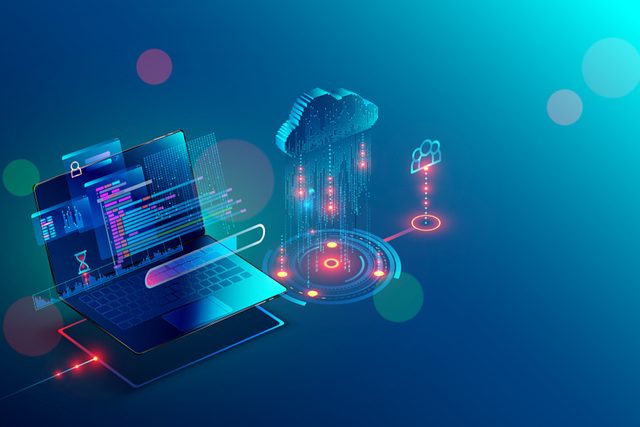AI virtual restaurant brand testing engines are revolutionizing ghost kitchens by leveraging advanced algorithms and machine learning to predict meal demand with high accuracy. These systems, powered by historical sales data, weather, events, and consumer behavior, enable brands to optimize menus, inventory, and operations, enhancing customer satisfaction and reducing costs. Testing engines play a crucial role in training and refining AI models, ensuring their adaptability and accuracy in dynamic market conditions, which is essential for maintaining efficiency and profitability in the rapidly evolving food delivery sector.
“Unveiling the future of food delivery, this article explores the transformative power of AI ghost kitchen technology. We delve into how predictive demand forecasting is revolutionizing virtual restaurant brands, optimizing operations, and enhancing customer experiences. Discover the intricate process behind these ‘invisible’ kitchens, where advanced algorithms anticipate cravings. By examining testing engines, we uncover strategies to fine-tune AI performance, ensuring accurate forecasts that drive efficient menu planning and resource allocation for virtual dining establishments.”
- Understanding AI-Powered Ghost Kitchen Technology
- The Role of Predictive Demand Forecasting in Virtual Restaurant Brands
- Testing Engines: Optimizing AI Performance for Accurate Forecasting
Understanding AI-Powered Ghost Kitchen Technology

AI-powered ghost kitchen technology is revolutionizing the food industry, particularly for virtual restaurant brands. These innovative systems utilize advanced algorithms and machine learning to predict demand for meals delivered directly to consumers’ homes. By analyzing vast amounts of data, including historical sales, weather patterns, local events, and consumer behavior, AI virtual restaurant brand testing engines can forecast with impressive accuracy what dishes will be in high demand at any given time.
This predictive forecasting capability enables brands to optimize their menus, ensure adequate inventory, and streamline operations. By understanding customer preferences and trends, these technologies help ghost kitchen operators make data-driven decisions, reduce food waste, and enhance overall efficiency. As a result, consumers benefit from improved meal choices, timely deliveries, and potentially lower costs, solidifying AI’s role as a game-changer in the ghost kitchen space.
The Role of Predictive Demand Forecasting in Virtual Restaurant Brands

The integration of AI ghost kitchen predictive demand forecasting is transforming the landscape for virtual restaurant brands, also known as cloud kitchens or dark restaurants. By leveraging advanced algorithms and machine learning techniques, these testing engines can analyze vast datasets from various sources—social media trends, historical sales data, weather patterns, and even local events—to predict customer demand with remarkable accuracy. This capability enables virtual restaurant operators to optimize their menu offerings, staffing, and inventory management, ensuring that they meet the varying needs of their customers efficiently.
Moreover, predictive demand forecasting helps these AI-driven brands make informed decisions regarding kitchen layout design, equipment procurement, and strategic partnerships. By anticipating peak ordering times and popular dishes, they can streamline operations, reduce waste, and enhance overall customer satisfaction. This data-driven approach positions virtual restaurant brands to stay agile, competitive, and ahead of the curve in the dynamic food delivery sector.
Testing Engines: Optimizing AI Performance for Accurate Forecasting

Testing Engines play a pivotal role in optimizing AI performance for accurate predictive demand forecasting within the AI ghost kitchen or virtual restaurant brand ecosystem. These testing environments simulate real-world scenarios, allowing models to learn from historical data and adapt to changing patterns. By feeding diverse datasets, including past orders, customer behavior trends, and external factors like weather and local events, testing engines help fine-tune AI algorithms for precise demand forecasting.
The process involves rigorous evaluation of various model architectures and hyperparameters to identify the most effective configurations. This iterative approach ensures that the AI models are not only accurate but also robust enough to handle unpredictable market dynamics. As technology advances, continuous testing and optimization are essential to keep up with evolving consumer preferences and market shifts, ultimately enhancing the efficiency and profitability of AI virtual restaurant brands.
AI-powered ghost kitchen technology is transforming the culinary landscape, especially with predictive demand forecasting. By leveraging machine learning algorithms and testing engines, virtual restaurant brands can optimize menu planning, inventory management, and operational efficiency. This innovative approach ensures that popular dishes are always in stock, reduces food waste, and enhances customer satisfaction, ultimately driving the success of AI virtual restaurant concepts in today’s competitive market.
